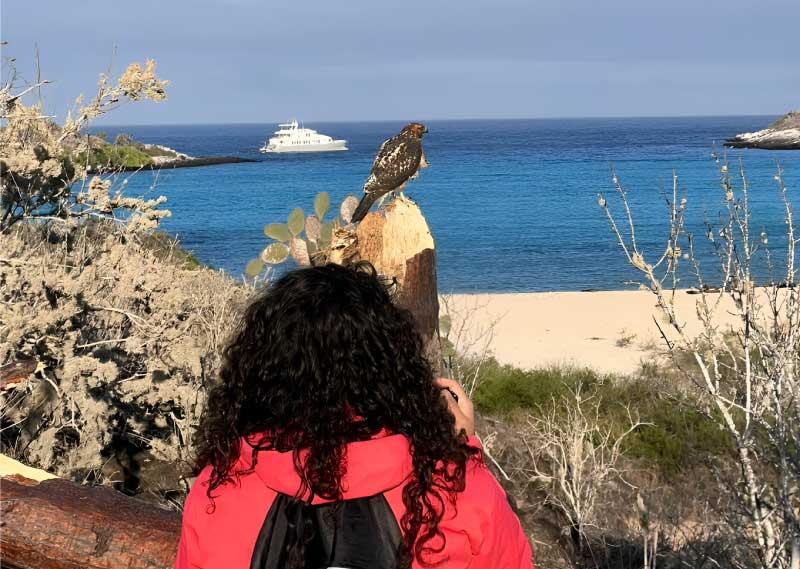Anne just landed yesterday in one of the so-called “dangerous places in South America,” if you believe everything you hear on the news. Yet, this morning, her face is glowing, and her blue eyes are sparkling with excitement. You’re probably wondering.
“How can she be so happy in a place that’s been making headlines for all the wrong reasons?”
Anne is from the US and has a track record as an experienced solo traveler. She’s the kind of person who triple-checks safety measures before even booking a ticket. So, why did she take the risk of coming to such a supposedly dangerous place? Beyond all the fear, risk, and maybe even misinformation, her reason is simple: the chance to experience a unique and breathtaking natural environment.
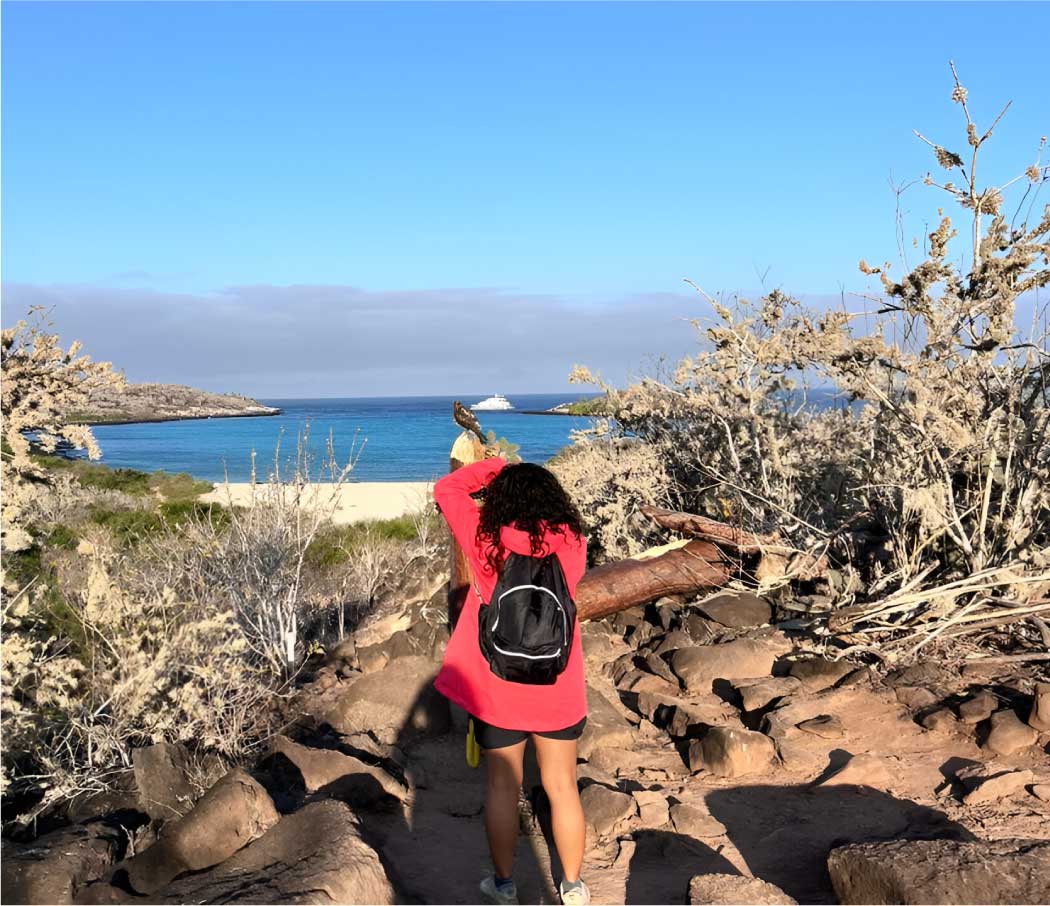
Anne is in Ecuador—a country that’s been catching global attention lately, and not just for its bananas and stunning landscapes. Today, she’s at the Quito airport, eagerly awaiting her flight to the Galápagos Islands, an archipelago about 1,000 km (600 miles) from mainland Ecuador.
“Where Charles Darwin was inspired to develop his groundbreaking Theory of Evolution.”
“The Galapagos Islands are a Paradise”
Not only for those with a passion for scientific research, biology, and conservation but also for many travelers with dreams of witnessing rare wildlife and astonishing volcanic landscapes. Tourism is the lifeblood of these islands, supporting around two-thirds of the local economy.
But let’s address the elephant in the room. Since January 2024, a wave of unsettling news has emerged from Ecuador’s Pacific coast and several major cities, especially after the Ecuadorian President declared a war on criminal gangs. It’s no surprise that this cocktail of bad news and the word “war” has caused many potential visitors to hesitate, as their minds are flooded with adrenaline and cortisol, the infamous fear hormones.
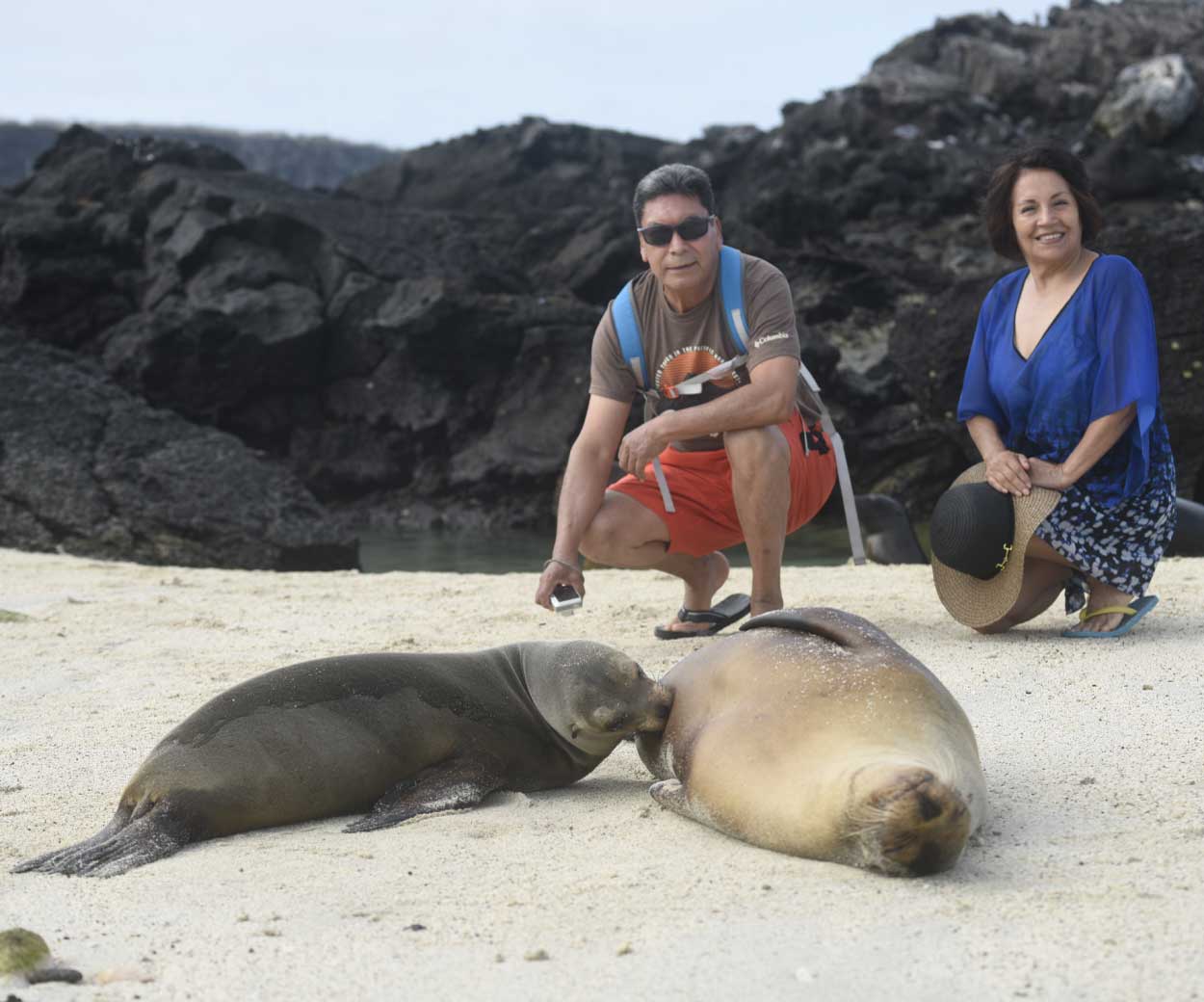
There’s one place where remoteness and strict controls make it one of the safest destinations in the world—the Galápagos Islands!
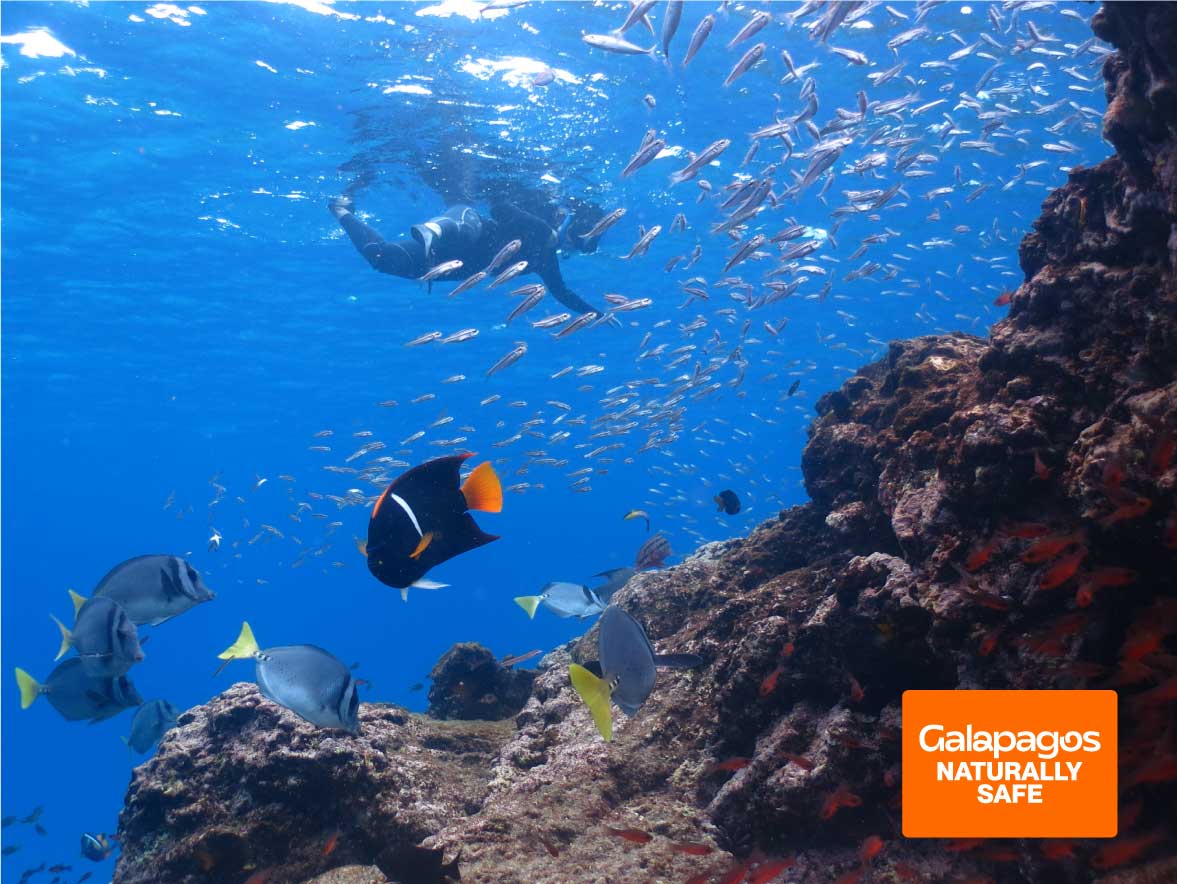
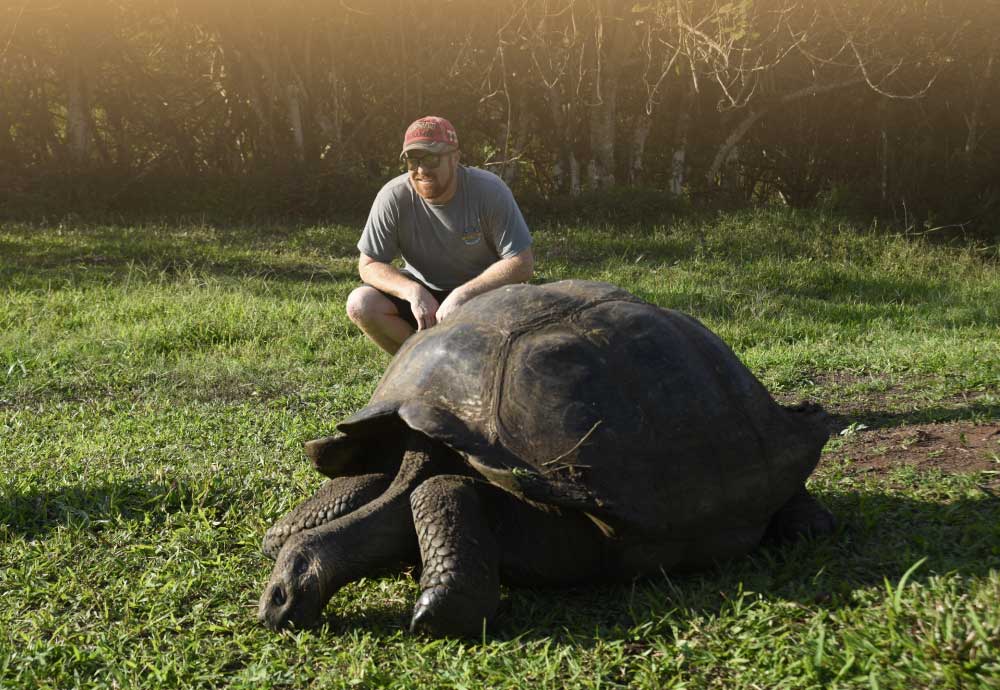
This is why, like Anne, so many other travelers sport excited smiles as they board their flights to the Galápagos, a naturally safe haven in Ecuador. But the Galápagos isn’t the only safe destination. The Ecuadorian Amazon rainforest, the Andean villages along the Avenue of the Volcanoes, and the lush Mindo Cloud Forest near Quito also offer safe and incredible experiences.
Despite the alarming headlines, Anne and the other travelers were driven by their curiosity and desire to explore the Galápagos—a living laboratory of evolution—stronger than any fear sparked by bad news.
Sure, in the second quarter of 2024, tourism activity in Ecuador dropped by 25.4% due to safety concerns. But here’s the reality: the tourist areas in Ecuador, especially the Galápagos, remain safe. Tourism companies have carefully mapped out the safest places, ensuring that visitors can enjoy their adventures without worry.
Here’s another twist: people still flock to places like Mexico, despite the frightening headlines and high crime rates.

In fact, traveling to the Galápagos Islands is like stepping into a well-protected sanctuary where fewer than 25,000 residents call home, many of whom depend on tourism for their livelihood. During the COVID-19 pandemic, when tourism came to a standstill, islanders had to resort to bartering just to get by.
The archipelago consists of over 100 islands and islets, but only four are inhabited. Santa Cruz is the most populated with about 12,000 residents, followed by San Cristóbal with around 7,000 people. Isabela has approximately 2,000 residents, and Floreana, the smallest of the inhabited islands, is home to just about 200 people.
Despite their small populations, these islands are rich in history and natural beauty, from Santa Cruz’s bustling Puerto Ayora to Floreana’s mysterious past involving a vanished Austrian baroness.
So, while the world may seem like a daunting place, the Galápagos Islands stand out as a natura lly safe sanctuary where the only surprises you’ll encounter are those created by nature itself.
